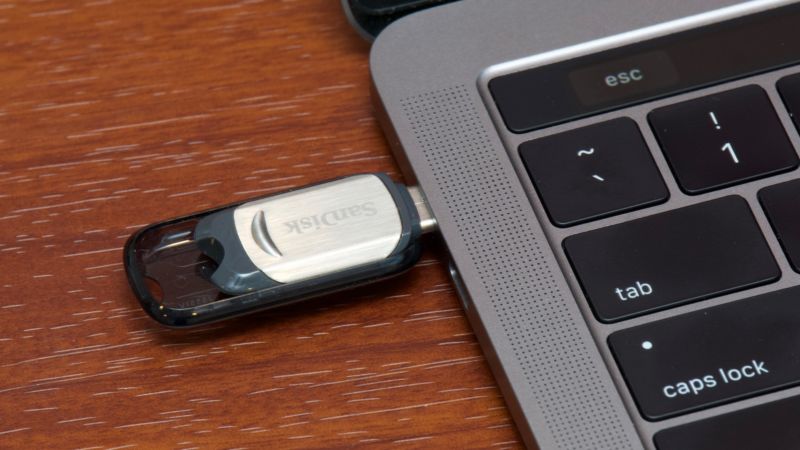How to make your own bootable macOS 10.14 Mojave USB install drive

Enlarge / It's still pretty easy to make a bootable USB install drive for macOS Mojave. (credit: Andrew Cunningham)
Apple hasn't shipped operating systems on physical media in almost a decade, but there are still good reasons to want a reliable old USB stick for macOS Mojave. Luckily, it's not hard to make one-either with a handy graphical user interface or some light Terminal use. Here's what you need to get started.
- A Mac that you have administrator access to. We've created Mojave USB stick from both High Sierra and Mojave, but your experience with other versions may vary.
- An 8GB or larger USB flash drive or an 8GB or larger partition on some other kind of external drive. A USB 3.0 drive will make things significantly faster, but an older USB 2.0 drive will work in a pinch.
- The macOS 10.14 Mojave installer from the Mac App Store in your Applications folder. The installer will delete itself when you install the operating system, but it can be re-downloaded if necessary.
- If you want a GUI, take a look at Ben Slaney's Install Disk Creator from MacDaddy. There are other apps out there that do this, but this one is quick and simple.
If you want to use this USB installer with newer Macs as they are released, you'll want to periodically re-download new Mojave installers and make new install drives periodically. Apple rolls support for newer hardware into new macOS point releases as they come out, so this will help keep your install drive as universal and versatile as possible.
There's also one new consideration for newer Macs with Apple's T2 controller chip-as of this writing, the iMac Pro and both 2018 MacBook Pros. Among this chip's many security features is one that disallows booting from external drives by default. To re-enable this feature, hold down Command-R while your Mac reboots to go into Recovery Mode, and use the Startup Security Utility to "allow booting from external media." If you're trying to install an older version of macOS, you may also need to go from Full Security to Medium Security to enable booting, but if you're just trying to install the current version of macOS, the Full Security option should be just fine.
Read 7 remaining paragraphs | Comments